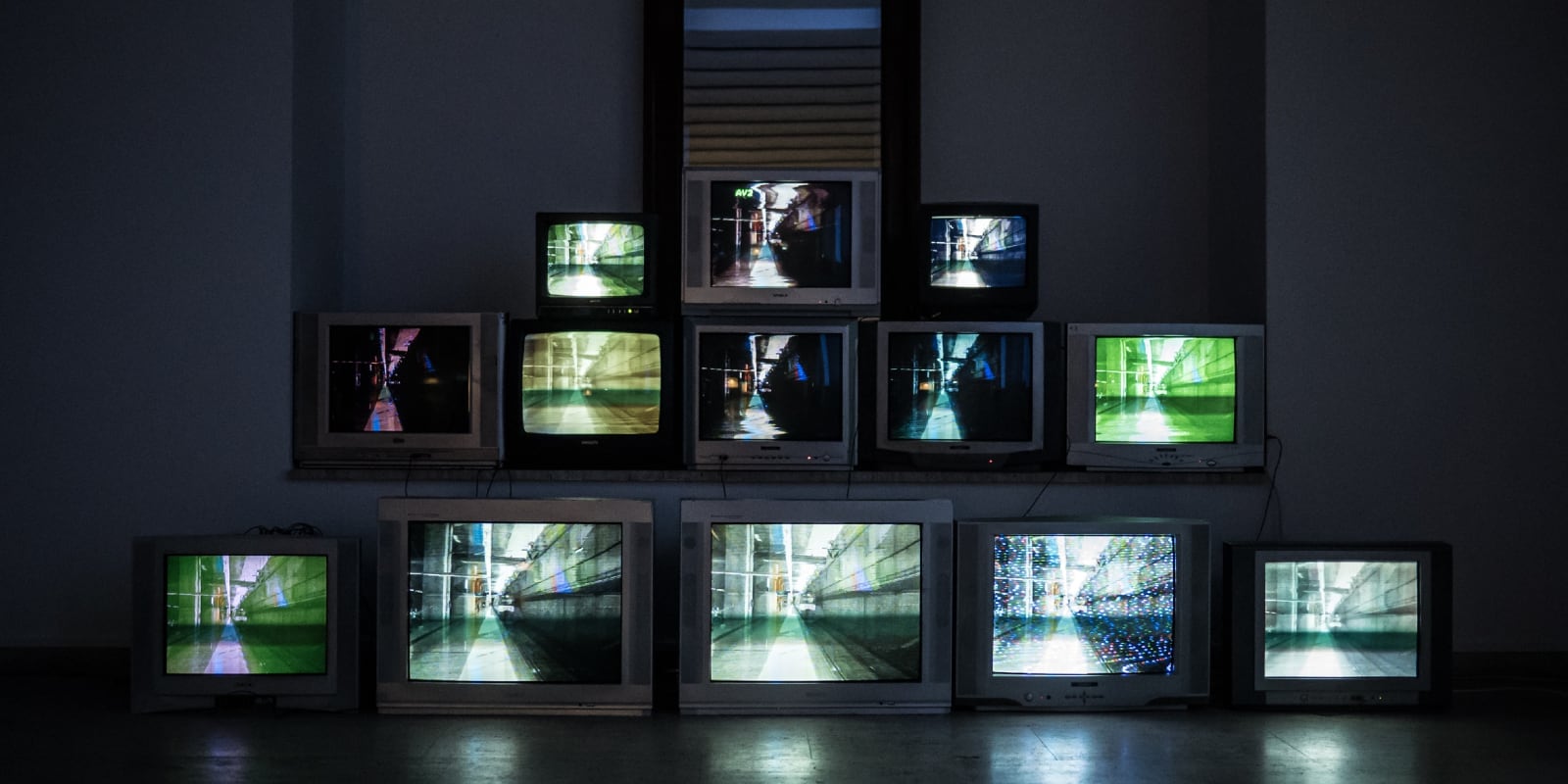This may not speak to you if you're a "cord-never" instead of a "cord-cutter," but do you remember the freedom you first felt when cutting the cord? No cable company could bully you anymore into paying for dozens of channels you never wanted just so you could watch your favorite shows.
Over the years, streaming your favorite TV shows has gotten easier... but it's also gotten more expensive. For a while, if you had Netflix and Hulu, and maybe Amazon Prime too, you had everything you needed.
Now? By the time you add up all the various streaming services you may need, you might as well pay for cable TV again.
Why Not Just Pay for What You Watch?
The original idea—the ideal that all cord-cutters have always been searching for—is to only pay for what you want to watch. As long as you were willing to wait for TV shows to arrive in the streaming service's library, it wasn't a big deal.
What if you wanted to watch something live, though? Or at least within a few hours of airing? That's where the problems really started. Services like Sling TV and the now-defunct PlayStation Vue came along, but they were too cable-like.
The dream of a la carte TV was still elusive.
Enter: The Streaming Wars
If I had to put the blame on a single company or app, it would probably be HBO.
HBO is the one who got us used to jumping though hoops just to watch what we wanted to watch. Originally, the company had HBO Go that allowed you to stream TV shows and movies as long as you had an HBO cable subscription. Later on, they came out with the streaming-only HBO Now.
Of course, shows like Game of Thrones boltered the success of HBO's subscription service, and this meant other companies envied their success. Strangely enough, this didn't immediately mean that companies got greedy—but it did mean that they started experimenting.
A boatload of streaming services with names you probably don't remember came and went. Remember SeeSo? Yahoo! Screen? Or any of those extremely niche services? Even if you do, they were barely around long enough for anyone else to notice.
The New Boss, Same as the Old Boss
While those early experiments were very experimental, the results eventually paid off.
NBCUniversal realized that SeeSo—a comedy-only streaming service—wouldn't work, but maybe something with more variety would? Say hello to Peacock! Meanwhile, CBS All Access launched shows that you could only watch if you had a streaming subscription—or by waiting several years for those shows to appear on their TV network.
And HBO's parent company, WarnerMedia, realized it could get even more customers by tying in other brands with the recognizable HBO name.
So what happened? More shows began moving toward premiering on these exclusive services rather than airing on TV first and then later coming to streaming platforms. In other words, if you wanted to stay caught up with more than a single show, you needed to subscribe to a handful of hodge-podge services.
Suddenly, each streaming service was like its own cable TV channel. Square one.
Where Do We Go From Here?
The easiest option, albeit the least realistic, is just to give up on TV altogether. Maybe after companies see massive subscriber drops, they'll be more likely to make it easier for people to access their content in more convenient ways.
Of course, that's never going to happen.
If you're just looking to simplify, you've still got options. You can always cut back on the streaming services you use, and this doesn't have to mean having less to watch.

